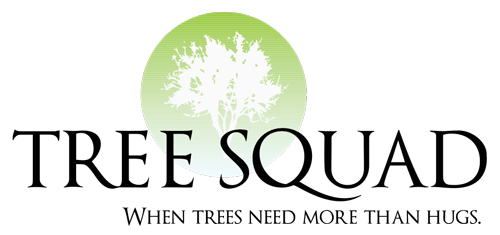Anthracnose
Attacks:
Ash, Oak, Maple, Sycamore
What you will see:
- Large tannish blotches and leaf distortion
- Distinct spots to irregular patches of discoloration
- Leaf blotches along leaf veins
- Shoot blight, leaf blight and twig and branch cankers
- Spring leaf drop
Life cycle:
- In late Fall and early Spring, black pimples develop on infected leaves from the previous year
- Spores are released and blown by wind or splashed by rain to nearby trees
- The fungus may infect leaves, fruit, petioles, and blossoms
- Primary infections produce secondary spores which infect other leaves and fruit
- Secondary infections continue throughout the growing season during wet periods
Cultural practices:
- Plant less susceptible cultivars Increase tree vigor
- Root Enhancement System™
- Fertilization
- Prune out infected branches (sycamore)
- Reduce moisture from sprinklers
- Chemical Practices
Fungicides are available to manage this disease.
Please consult with your Arborist.
Additional Anthracnose Information:
Anthracnose is a disease that impacts shade trees by targeting the leaf and stem systems. Maple anthracnose is not the same disease as what affects oak, however. The symptoms of each disease may mimic one another, but they require different treatments. Anthracnose diseases target leaf veins and lead to the death of the vein and surrounding tissue.
While anthracnose diseases do not cause the tree to die, they can greatly limit growth over the seasons resulting in defoliation. One of the most common symptoms of the disease are irregular, light brown spots denoting dead tissue in the leaves and veins. Some plants may look sun-scorched. Infected twigs may contain sunken cankers with fungal spores.
Anthracnose fungi spend winter on fallen leaves and twigs that were previously infected the year before. These infections are often attached to the tree during cool, moist weather in the spring. Infection often targets young leaves that have standing water on their surface. The severest form of the infection can be seen in the lower third of the tree where there is the greatest concentration of moisture.
Many fungi are responsible for this disease. Anthracnose cause fungi to grow on specific trees. Ash trees, for example, don’t suffer from the same infection as maple or oak. Sugar maple, Norway maple, white oak, green ash, elm, and black walnut frequently suffer from anthracnose in Minnesota.
Anthracnose fungi often overwinter in twigs, fruit, fallen leaves, buds, and petioles in relation to the hosts and pathogens they contain. The cycle for the disease begins in spring when spores can be released. Spores are then produced on new leaves several days or weeks after the infection, further spreading the disease.


